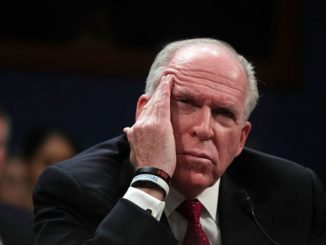
Pyongyang launched two short-range ballistic missiles on Thursday, the South Korean military said, an escalation from the North’s most recent weapons test just five days ago, the New York Times informs.
The two missiles were launched eastward from the country’s northwest, with one flying 260 miles and the other about 170 miles, the military said in a statement. It said officials from the South and the United States were jointly analyzing flight data to determine what type of missiles they were.
“Our military has stepped up our surveillance and monitoring in preparation for possible additional launches by North Korea,” the statement said. “We remain fully prepared in close coordination with the United States.” It was not immediately clear where the missiles had landed, but the reported distances would put them in the sea between North Korea and Japan.
The launch came five days after North Korea fired several short-range projectiles off its east coast. They flew 43 to 125 miles before landing in the sea, the South Korean military said then in a statement, the Times noted.
Japan said on Thursday that the two missiles had not landed in its territorial waters. “At the moment, we don’t see any situation that would immediately impact on Japan’s security,” its Defense Ministry said in a statement.
The South Korean military first said the missiles were fired from Sino-ri, home to a North Korean ballistic missile base. But it later amended that, saying they had been launched from Kusong, a town north of Sino-ri.
North Korea has frequently launched missiles from Kusong, including its first solid-fuel midrange ballistic missile, known as Pukguksong-2, which it launched from there in February 2017. The Pukguksong-2 test marked a major leap forward for the North because the missile used solid fuel, which makes it easier to hide, transport and launch and harder for the United States to target in a pre-emptive strike.
Ko Min-jung, a spokeswoman for Pesident Moon Jae-in of South Korea, called the Thursday launches “a very disturbing development,” adding, “This does not help at all efforts to improve South-North Korean relations and ease military tensions on the Korean Peninsula.”




Be the first to comment